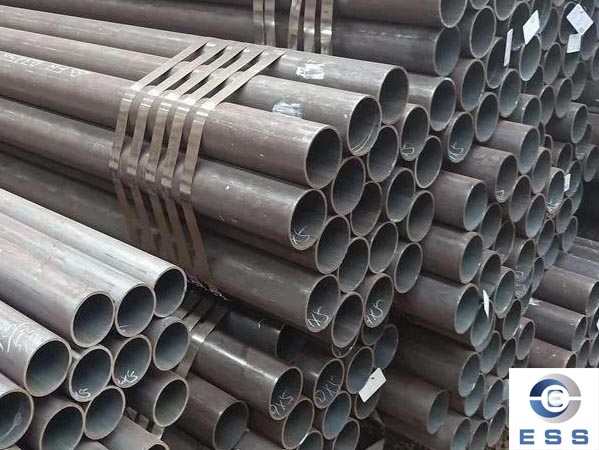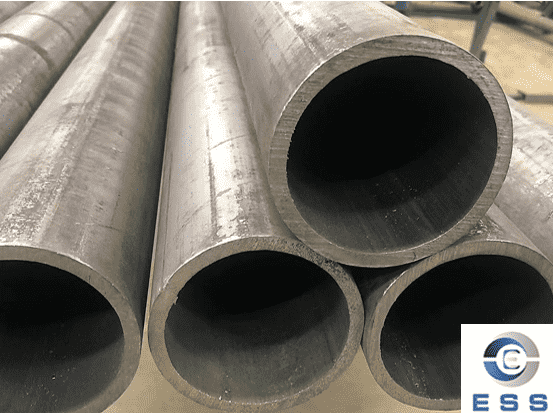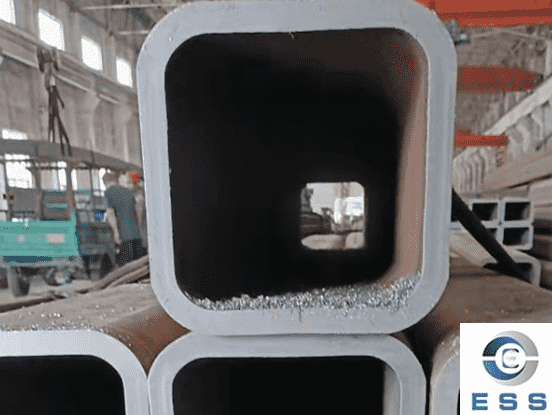To roll a solid tube blank into a hollow finished steel tube, no matter what method of perforation and tube rolling is used, the processing process for producing a
seamless steel pipe is the same, which can be basically divided into the following steps:
(1) Billet preparation.
Including billet storage, billet inspection and surface cleaning, billet cutting and cold centering of billet.
(2) The tube blank is heated.
The tube blank is heated by an annular heating furnace. After the tube blank is released from the furnace, it is generally sent to the perforation process through thermal centering.
(3) Perforation.
Perforation is to pierce a solid tube blank into a hollow capillary tube. The thermal size and uniformity required for the inside and outside of the capillary. It will directly affect the quality of the finished product, so it is very important to correctly select the perforation method according to the technical requirements of the product and considering the possible supply of blanks. The tubes after perforation are called capillaries.

(4) Tube rolling.
Tube rolling is to thin the wall thickness of the capillary tube after perforation to achieve the required thermal size and uniformity of the finished tube. Tube rolling is the main extension process of tube making. Its shape selection and reasonable matching of deformation with the piercing process are the keys to determine the quality, output and technical and economic indicators of the unit. The pipe after rolling is called a waste pipe.
(5) Sizing and reducing.
Sizing is the final finishing rolling process of the capillary tube, so that the capillary tube can obtain the outer diameter thermal dimension and accuracy required by the finished tube. The reduction is to reduce the large pipe diameter to the required size and accuracy, and it is also the final finishing process. In order to reduce the wall while reducing the diameter, the diameter can be reduced under the action of front and rear tension, that is, tension reduction. Reheating of the waste pipe is generally required by reduction and tension reducers.
(6) Finishing, inspection and packaging for storage.













 Eastern Steel Manufacturing Co.,Ltd not only improve product production and sales services, but also provide additional value-added services. As long as you need, we can complete your specific needs together.
Eastern Steel Manufacturing Co.,Ltd not only improve product production and sales services, but also provide additional value-added services. As long as you need, we can complete your specific needs together.










